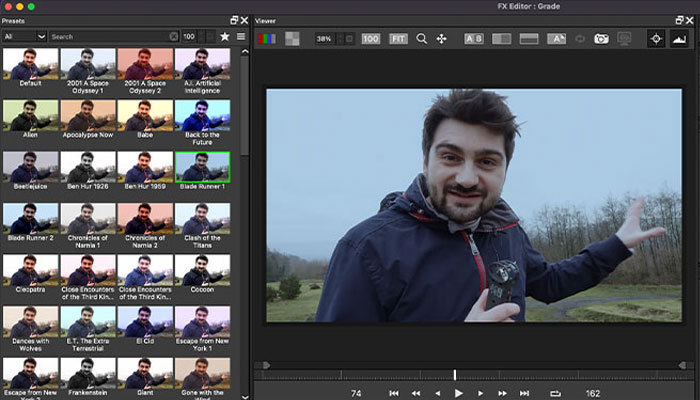Today on Art of the Cut, Steven Spielberg’s long-time collaborators — Oscar-winner Michael Kahn, ACE, and Sarah Broshar — discuss editing The Fablemans.
Sarah Broshar was nominated for an ACE Eddie for Spielberg’s The Post. Her credits also include Ready Player One, Pet Sematary, and West Side Story.
One of Michael Kahn’s early jobs as an editor was cutting Hogan’s Heroes. Then he went on to cut at least 70 feature films. Some highlights: Close Encounters of the Third Kind (Oscar-nominated), ALL of the Indiana Jones movies (Oscar winner for Raiders of the Lost Ark), Poltergeist, The Goonies, The Color Purple, Fatal Attraction (Oscar-nominated), Jurassic Park, Schindler’s List (Oscar winner), Saving Private Ryan (Oscar winner), Lincoln (Oscar-nominated), Ready Player One, and West Side Story. He was honored with the Career Achievement Award by American Cinema Editors and probably has enough films since then to get the award again.
Oscar winner Michael Kahn and Sarah Broshar discuss editing Steven Spielbergs The Fablemans
Let's start with this idea of a collaboration that is long-term compared to a collaboration with someone new.KAHN: The main thing is to get to a first cut. The director can look at it and make his changes and hope that it works as well as he'd like. And since we know each other, the preparation is quicker to get to with Steven (Spielberg).
BROSHAR: You're not talking about the process as much and you know the process ahead of time. You sit down and you get right to it. There's definitely a bit of a shorthand where I think generally we're all a little bit more on the same page because we know each other so well. It's really about us being on Steven's page. It's a very comfortable, lovely relationship. I think we all love being in the editing room. Especially on this movie, which was so personal for Steven. A real honor.
Can you tell me a little bit about Steven’s attitude about editorial? About the idea of the film getting made in the cut?KAHN: Well, he always felt that it's not a movie yet until it's put together by the editors and OK'ed by the director, and then it's a movie. But he loves being in the editor's room. It's comfortable for him and he feels good with us and we feel good with him, so it's always nice.
BROSHAR: It's sort of a sanctuary, isn't it? When he's out on set and he's getting questions from millions of people and then he comes to the editing room and he shuts the door. He gets some quiet time.
KAHN: Nobody's allowed in.
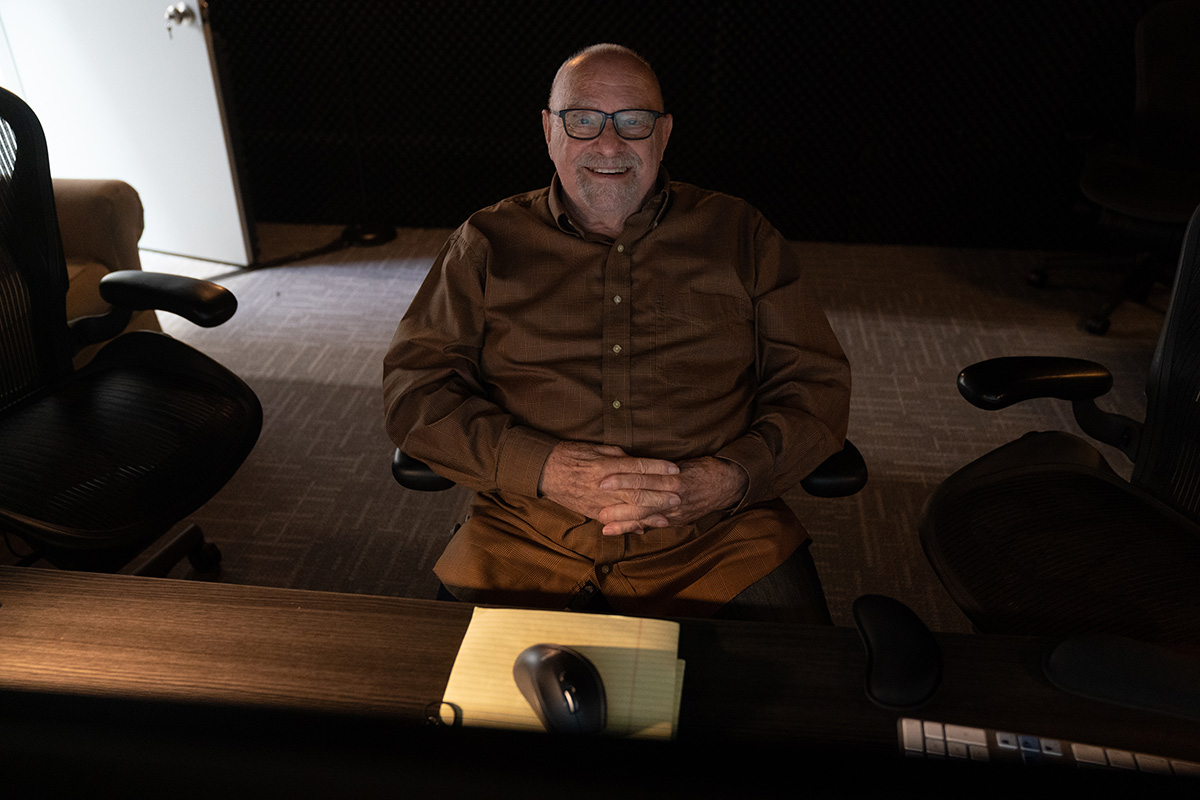 Editor Michael Kahn
Editor Michael Kahn
KAHN: We have an interesting editing setup. We have all these little offices that go all the way up the aisle.
There's an office between us where we do the first cut and all the editing work, and a living room in between. It's separated, and there are people outside. They won't let them in the first door.
BROSHAR: Michael, would you also say as far as things that Steven likes in the cutting room, you guys have your root beer drops … going back years and years.
KAHN: Oh yeah, we had these root beer drops for years, right? And then all of a sudden the company stopped making them. We were so disappointed ‘cause all the other root beer drops that we found didn't have the good flavor that this one did. Sounds silly, but it's comfortable when you can find the things that you know you've been using for years.
Sarah, you mentioned how personal of a story this was for Steven. Can you talk about the difficulties that posed in the edit?BROSHAR: I don't know if it was difficulties as much as it was just a little bit of a different decision-making process. It's always Steven's movie, so we're gonna give our input, but on this film, it was really personal for him which scenes he wanted to include or lose. Losing a scene was more than just saying, "I think the film will play better without this scene." It was saying, "Do you wanna share this part of your experience with the audience or not?" And trying to tell the most complete, honest, personal version of his story was really important.
That was one difference. But a lot of times we would forget that it was Steven in the movie. When we were watching the movie and editing the scenes. It's this character, Sammy Fabelman, and it's this fictional family. Of course, we would ask him about where the inspiration for the scenes came from. Is this really true or not? We'd get all the stories, but really when we're watching the film, we were experiencing it like a normal film, like an audience member connected to the characters. Really not thinking about it like it was Steven, a lot of times.
KAHN: A lot of times, we're in the room, we're watching a scene, and Steve's quiet. All of a sudden, he realizes that we've been running the scene. He forgot that he was there to make changes! He was watching the scene, and he found it very interesting. It's fun to watch. You can watch it again and again. It's fun except when the breakup happens. That was tough.
BROSHAR: There are definitely some more emotionally difficult scenes to get through, but they were effective for all of us throughout the whole process.
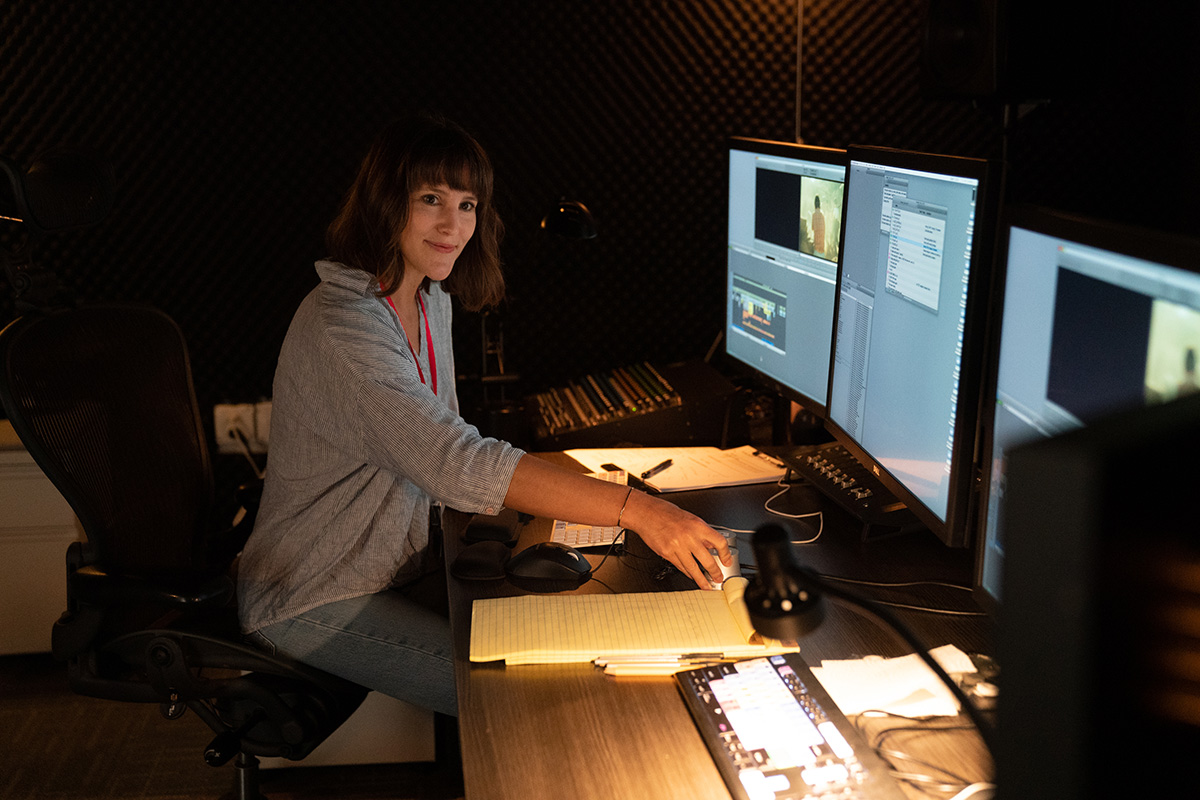 Editor Sarah Broshar
Editor Sarah Broshar
KAHN: Because we cut each scene as a separate scene, I don't even think about tonal shifts and things like that. It's shot that way. You don't think about the overall tonal shifts. You just think about what you're doing in the immediate scenes.
BROSHAR: It was more than tone. I think you're thinking about character here because so much of the movie is really from Sammy's POV. You're thinking about the two arcs. You're thinking about the arc of the family, and you're thinking about the arc of his passion and love affair with filmmaking and how that becomes a part of his life. So I think that was the focus more than the tone. The writing and the performances indicated the tone, but I think it was mostly about where the character is.
I'm trying to think of places where we made cuts, and there were a few places in the latter half of the movie where we were making some cuts, but it wasn't necessarily tone. It was just where the family story was and what your feelings about it were as an audience member.
Did any of that structurally change? Did you find that you were able to or needed to put one scene in front of another?KAHN: There wasn't much juxtapositioning. No, there wasn't much of that.
BROSHAR: It's tricky with a chronological film because it's a little bit of a coming-of-age. But it also has this other sort of epic structure where you meet new people, different parts of the journey. But it wasn't like you're in a scene where you can move things around when you tell the story. It was pretty much chronological.
Had you been showing things to Steven throughout the process? Or was the first assembly the first time that he saw anything?KAHN: He's seeing things throughout. He's seeing everything that we're doing. He wants to be part of it. So he sees everything and makes adjustments if he wants to.
BROSHAR: He makes a lot of time for us during production. I think it's pretty amazing how he can shoot a movie and visit our trailer in between setups, which is next to his on-set, or our cutting room at the studios. He can come in between setups, watch dailies, and then come back and watch a cut and give notes, then come back and watch another cut. We'll start juxtaposing scenes as soon as we have things that will go together. There might be scenes that we do a first pass on, and we put it away until post-production. That's when we really start watching the film from beginning to end.
On this film, in particular, we'd watch it at least once every day. Starting usually at the beginning watching it through, and we'd stop when anyone had an idea. We'd make changes, or we'd work on a scene in particular. We would sometimes make it through the film twice in a day, depending on how many times we stopped. Or sometimes, we’d only make it through a couple of reels. It just depends on what we were getting into.
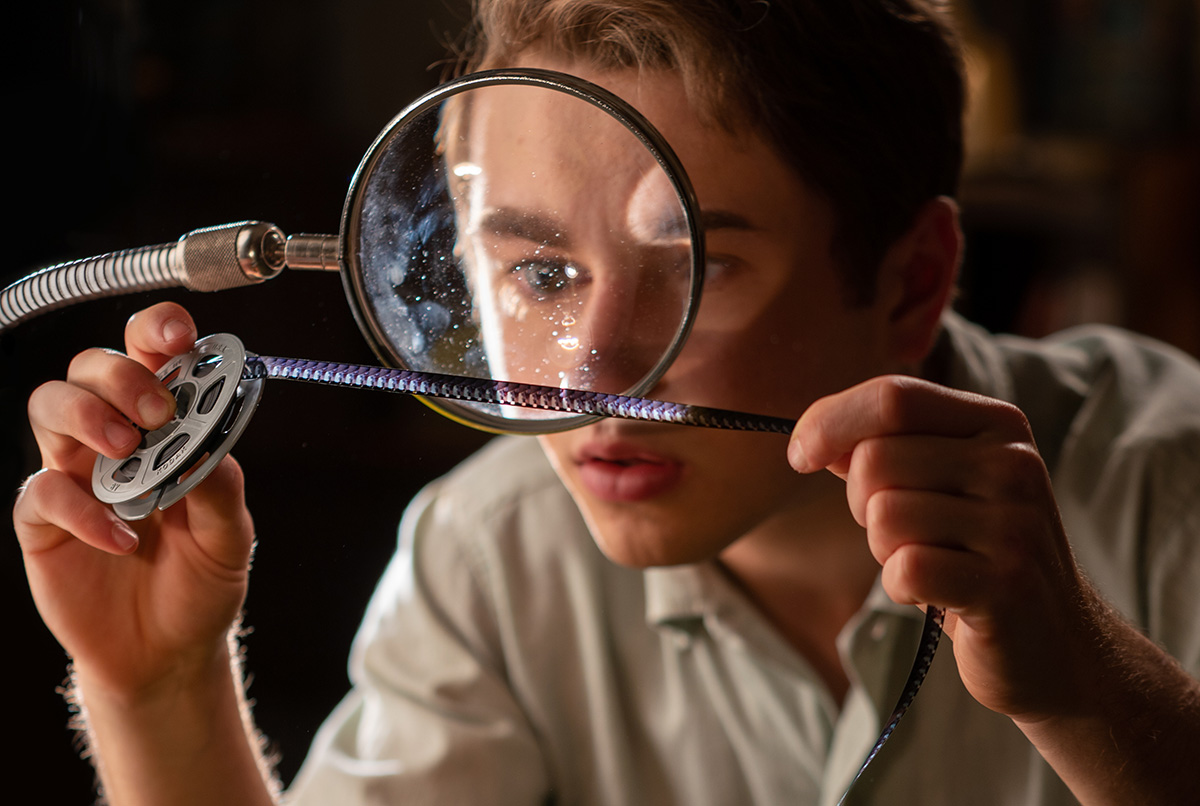
KAHN: At the beginning, we ran dailies with him. We wanted him to select his preferred takes. That saves a lot of time because we're not gonna use a take that he doesn't want. If there's any change, he's changing it himself.
Do you watch dailies in a group with people other than the three of you?BROSHAR: Patrick Crane, the associate editor, is part of the team as well. We all sat at a desk together. One desk, shoulder to shoulder — especially in the little trailer — watching the 55" screen mounted right above the Avid.
Are you putting things in select reels when you're doing that? Are you taking written notes during those sessions or using locators?KAHN: Sarah takes notes with the Avid. She's a genius with the Avid.
BROSHAR: Steven writes his own notes as well.
KAHN: He writes notes and gives them to us. Steven hired us, and we're there to help, but sometimes we have ideas we want to try. So we don't tell him. We just make the changes and run it with him. I'll ask, "Do you see anything different?" and 98% of the time, he does see something different. Sometimes we fool him. Sometimes we don't, but that's a little game we play.
BROSHAR: I mean, sometimes it's not supposed to be a game. We just say, "Hey, look, there's an idea here. What do you think?"
KAHN: So he has an opportunity to see other ways to do it.

BROSHAR: We don't color anything. We just say, "We tried something. Do you wanna see it?" He always says, "Yes, of course, I wanna see it. I always wanna see it."
KAHN: He wants us to work with him and be part of the collaboration.
BROSHAR: It doesn't mean he always likes the idea. Sometimes he sees something and says, "No, put it back." Or sometimes he says, "Yes, but..." Or sometimes, "Great, I love it, put it in."
KAHN: The funny thing is this isn't any different than what any editor does with any director. It's all the same.
When you see certain angles or certain camera moves, does it speak to you in a way that you automatically know the way that he wants to start a scene or which specific set-up to use for a moment? Or do you get that more directly from notes that he gives when you're watching the dailies?KAHN: We do a lot of transitioning in this picture because there are a lot of short scenes. Sometimes things have to be changed ‘cause it doesn't feel right. But we're careful with that. We always watch where you're coming from or where you're going to, that kind of thing. But it's hard to do that when there are a lot of little scenes.
Can you give me an example of why transitions are so critical with short scenes?KAHN: You’ve gotta have the sensitivity. Editors have to have a sensitivity that something works or doesn't work. If you're an editor and you're not sure how it's supposed to work or how it should work, then you're flying blind. You gotta have a feeling of intuition. I like to say it's all about feel. It's not mechanical. If the transition doesn't work, it throws the audience off.
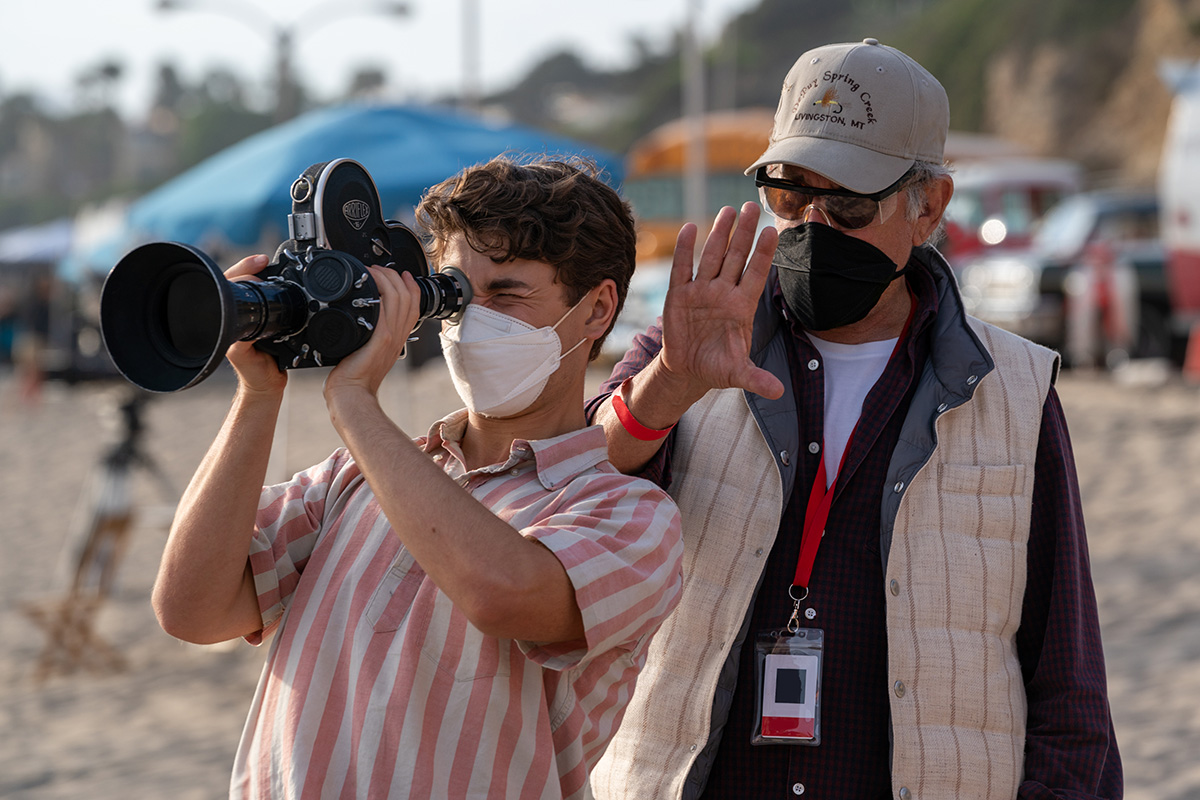
BROSHAR: We need to be the audience every time you watch the movie. You need to be really honest with how you're feeling about something. If something's rubbing you the wrong way, then you have to say, "That's bumping me, and it will probably bump someone else, too. Why is that happening?"
KAHN: If Steven doesn't like something, he'll tell us. But if I don't like something, I usually make a face. He knows how you are feeling.
BROSHAR: There is a lot of unspoken communication between the three of us, wouldn't you say, Michael? Sometimes you and I give each other looks.
KAHN: Especially when we're running music, we look at each other.
What are some things you're noticing for the first time and feeling like things have to change?BROSHAR: I think the first thing you always notice in an assembly is the pace and where things are slow, the things that you can lose and that can fall out of the first cut. It's always what seems the most obvious to me is, "We don't need that. We don't need that. We don't need that."
Michael, what are the most obvious things you see in the first cut? The things that you can drop or shorten?KAHN: If it's illogical that you're going from here to here, and it doesn't quite feel right, then you gotta make an adjustment. You gotta figure out how to make it work.
Are there things that go back in after you’ve pulled them out?KAHN: Normally, I don't think it would go back in. I know if the show is 2:30 or 2:40, I wanna get 10 minutes out. So then we go through and try to get 10 minutes out.
BROSHAR: On every movie there's one scene that goes in and out, and in and out. It's always at the final mix, "Is the scene gonna be in or is it gonna be out?" I think we had two of those on this one. I think they both stayed in.
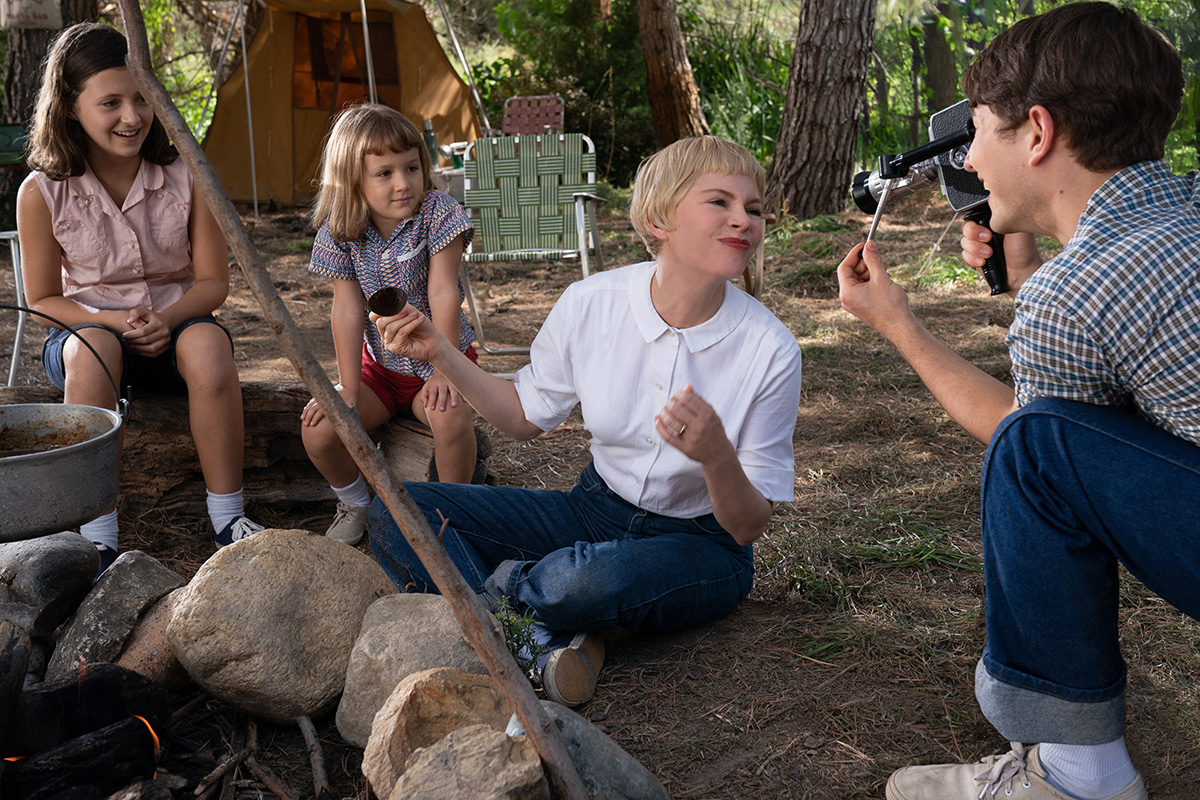
BROSHAR: I don't know if I should say.
KAHN: An editor has a good job. We're in a room, nobody bothers us — or hopefully not— a director is happy to have you there. You have serious talks about things. Do things work or not work? Steve's pretty straightforward. If something doesn't work, he wants it out.
BROSHAR: I would also clarify by saying on this movie, there weren't really scenes that didn't work as a scene. It wasn't like the scene isn't shot well or isn't serving its purpose. It was more like it doesn't really work in the context of the whole film. But there were some really beautiful, lovely scenes — and sometimes hilarious scenes — that didn't make it.
Without giving it away, Sarah, what were the reasons why you think those scenes came and went?BROSHAR: Pace.
KAHN: Sometimes it's too long.
BROSHAR: And scenes stay for character. Wouldn't you say, Michael?
Sometimes you want it shorter, but you realize that the character and the emotions are too important to remove the scene.KAHN: You've got a choice. You got cuts here and here. You could shorten it. But when you're taking a whole scene out, it's different 'cause you're going from one scene to another, and you collapse it. You bring it together, and it works like gangbusters. As I say, every film is this way. What we're talking about is what editors do in Hollywood. This is what we all do.
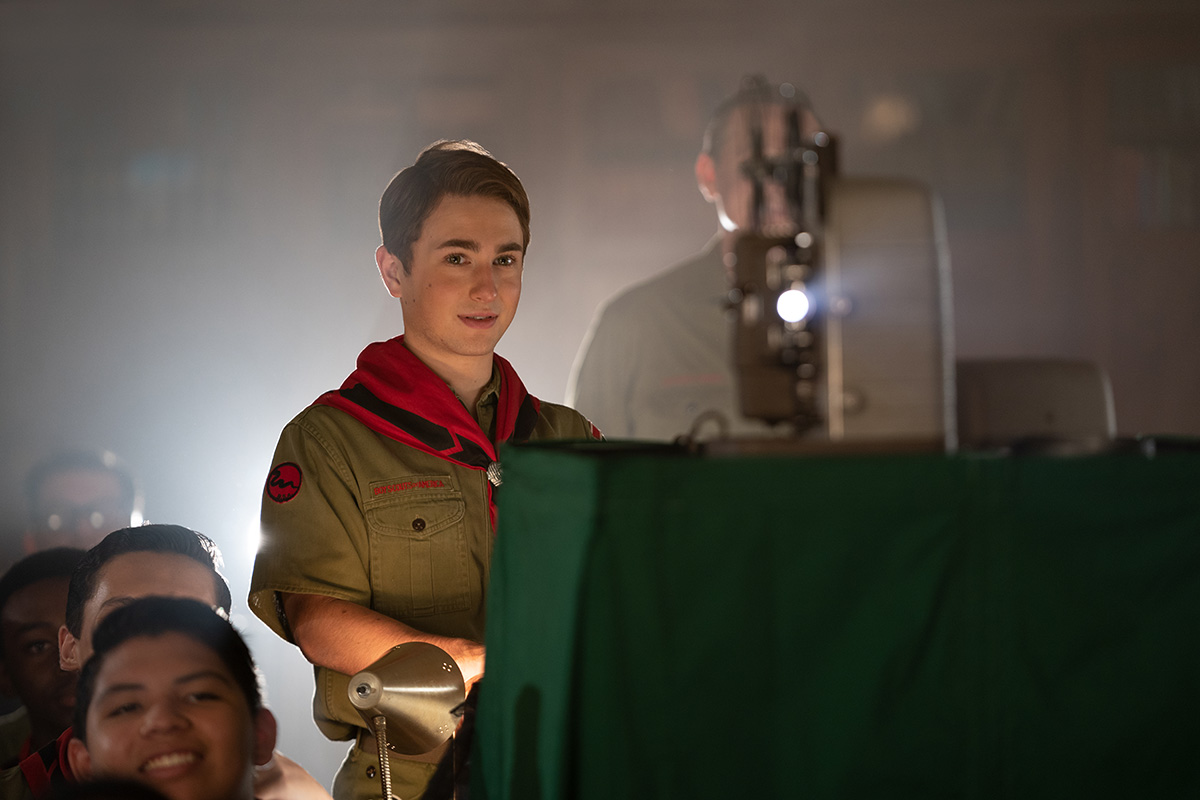
KAHN: We fill it up as much as we can.
BROSHAR: Always music. We're not going crazy with backgrounds or design elements, but we're getting the story points across for the first cut, at least.
KAHN: Even on film, we'd build A and B tracks, as many tracks as we needed. Then we'd put them together on the Avid. Then you got one track already mixed. Then you run it with the dialogue track and the picture.
Michael, before you were cutting on Avid, what specifically were you cutting on? Steenbecks or KEMs or Moviolas?KAHN: Moviolas. The Moviola I've used for many years, Steve gave it to me as a present, and it still works. But it was so much work to work on a Moviola, my God. Everybody cut their fingers. You had to splice each little thing together. On an Avid, you go "boop," and it's done.
Was your experience with assistant editors on a Moviola much different than with Avid assistants?KAHN: The assistant editors have more to do on a Moviola. They had to set up all the dailies, put them in rolls, put them on your bench, and put little indications of what scene it is. It was a big job for the assistant.
BROSHAR: Physical versus digital, right? Because I think they still have a big job. We had fantastic assistant editors on this film.
KAHN: You came out of AFI, and you were ready to go on these films. You did so well. Steve was real impressed with Sarah because she was fast and she was smart. She was good. He doesn't like to waste time. The decision of what to do comes fast. If he's waiting for film, he's sitting in the other room. Immediately, Sarah would have it on the Avid. Sure other people could do it too in town, but I really haven't met many.
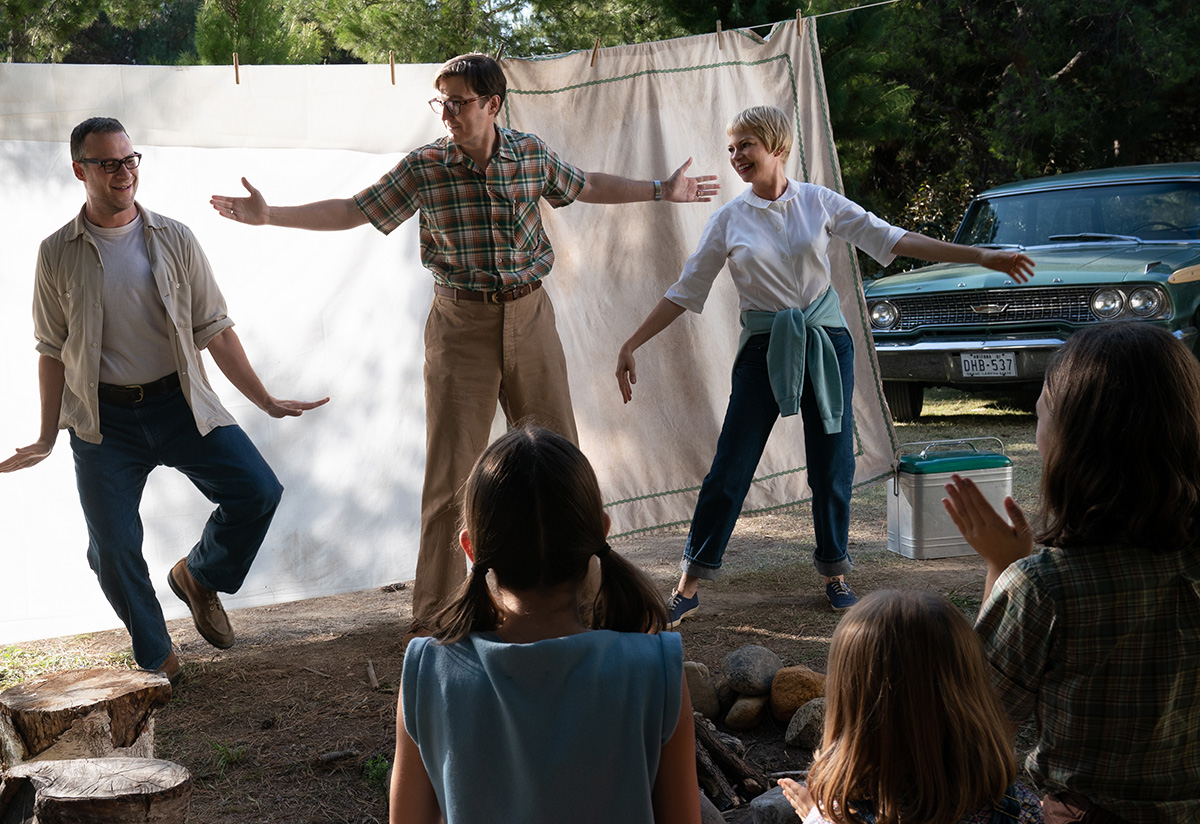
KAHN: I think a scene that was really challenging was one that Sarah started with, and I helped with. The realization that the mother is horsing around with the boyfriend, and he realized it was a serious thing. That was very challenging, I thought.
BROSHAR: I think that was one of my favorite scenes to put together. The footage was really fantastic. It was so personal to the experience of editing as well and being in a cutting room. The music is just beautiful under that. It was a Bach piano piece that Mitzi's (the mom character) playing. It was a special scene to put together.
Was it a difficult scene to work on emotionally?BROSHAR: Not really, that was one of those scenes where we ran the footage with Steven, and he told us what moments he liked. But he said, "I don't know, figure it out, and I'll come back." It wasn't, "Do this, then do this, then do this." He said, "I like that. I like that. I like that. Okay." It was just fantastic.
KAHN: It went together well.
Thank you both so much for chatting about this film. I think everybody's just blown away by how beautiful and personal this film is. Thanks for your contributions.BROSHAR: Thank you so much.


